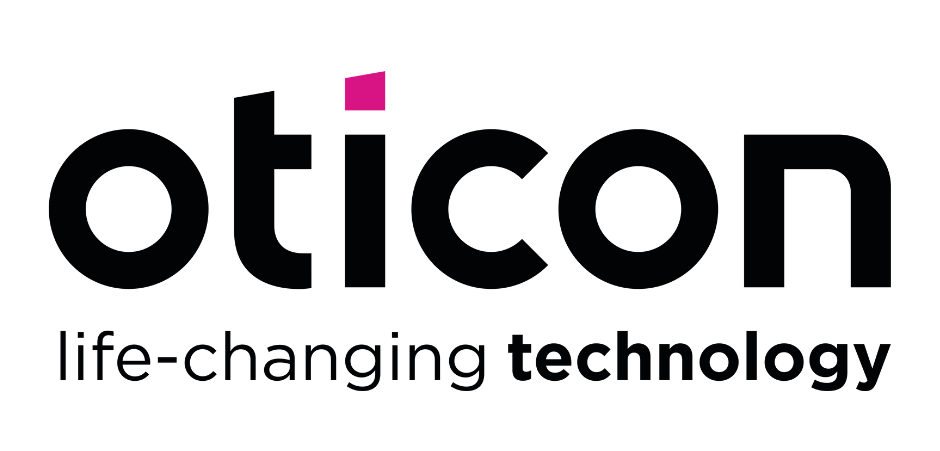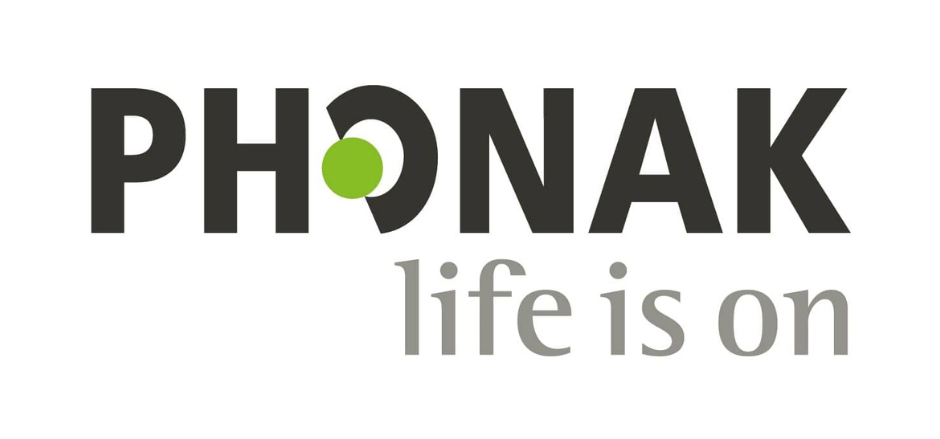Transforming Hearing Aids: How AI and Deep Neural Networks Enhance Your Listening Experience

The rapid growth of artificial intelligence is changing nearly every aspect of our daily lives, and hearing aids are no exception. Artificial intelligence has made its way into hearing aids, offering automatic, clearer conversations in difficult environments. Artificial intelligence (AI) is a way we teach computers to perform tasks that normally need human judgment. This month, we’re spotlighting two of the “Big Five” hearing aid manufacturers—Oticon and Phonak—to highlight the latest AI-driven technology that makes them unique. But first, we want you to have a better understanding of what Deep Neural Networks are and how they are used in hearing aids! For patients who enjoy the technical details, here’s a closer look at what each brand is doing behind the scenes.
Understanding Deep Neural Networks (DNN)
Hearing aids can also have something called a Deep neural network, or DNN. Think of DNN as many layers of simple decision makers working together. The network is trained on examples, so it learns to recognize patterns, such as the difference between speech and background noise. DNN can make quick decisions, such as deciding which sounds are speech and which are noise, so the processor can treat them differently.
Practical Applications of DNN in Hearing Aids
Manufacturers use DNN in a few practical ways in hearing aids. One common use is sound scene classification. DNN listens and decides what kind of environment you are in, for example, quiet, conversation in a small group, or a busy restaurant. That decision helps the hearing aid apply the right mix of amplification, noise reduction, and directionality automatically. Two major manufacturers, Oticon and Phonak, have recently introduced new devices that utilize AI/DNN to enhance hearing in various environments.
Spotlight on Oticon Intent: Pioneering AI Technology

Oticon Intent introduces a groundbreaking DNN 2.0, trained on an extensive library of real-world sound scenes, which significantly enhances the clarity of speech in noisy environments. This advanced system recognizes key elements that should be emphasized, allowing users to listen with greater ease. Additionally, the Oticon Intent features the world’s first 4D sensor technology, combining sound and motion data.
By utilizing motion and position sensors, the Oticon Intent adapts to the user's head and body position, identifying the communication context—whether you are directing your attention to someone in front of you, listening to someone at your side, or navigating through a busy area requiring broader spatial awareness. This innovative approach aims to make listening feel more intuitive and natural across various situations.
The premium Intent 1 model maximizes performance with up to 12 dB of background noise suppression, resulting in a significant improvement in the signal-to-noise ratio (SNR) during complex listening conditions—offering approximately 2 dB more than its predecessor. Powered by Deep Neural Network (DNN) 2.0, this system continuously recalibrates gain and noise attenuation parameters on a frame-by-frame basis, thereby optimizing performance in real-time.
Phonak Audéo Infinio: Redefining Speech Clarity

The Phonak Audio Infinio introduces a groundbreaking advancement in hearing aids with its dedicated deep neural network chip, DEEPSONIC. This innovative AI/DNN-enabled chip excels in instantly separating speech from surrounding noise, enhancing clarity in various environments. The Audéo Infinio Sphere family features this advanced chip, designed to enhance speech extraction, thereby facilitating clearer communication in challenging auditory environments.
In addition to the DEEPSONIC chip, Phonak's AutoSense OS continues to play a crucial role by automatically adjusting settings based on the user's environment. This combination of DNN-driven speech clarity features and adaptive technology allows users to better understand conversations in complex situations.
The Audéo Sphere Infinio family, powered by the DEEPSONIC chip, utilizes the Spheric Speech Clarity program, leading to a substantial improvement of up to 10 dB in the signal-to-noise ratio. This enhancement enables speech to be noticeably clearer amidst competing sounds. In various real-world scenarios, such as cafés and dinner parties, users experienced a benefit of 9–10.2 dB, effectively surpassing both older Phonak models and other competitors. The system's "behind-the-scenes" processing dynamically recalibrates gain, directionality, and noise reduction filters, ensuring users can comprehend voices from multiple angles, not just from the front.
Choosing the Right Hearing Aid for You
Both hearing aid manufacturers aim to make speech clearer and reduce the effort your brain needs to follow conversations. Oticon Intent tries to learn where you want to focus by reading your motion and posture as well as the sounds around you.
Phonak Audéo Infinio focuses on classifying the sound scene and continuously applying settings that have been successful for people in similar situations. Both hearing aids aim to reduce the time you spend adjusting controls on your phone application and can help improve your hearing in noisy places. The exact benefit for any one person depends on the severity of the hearing loss and the important listening environments for each individual.
Both Oticon Intent and Phonak Audéo Infinio bring distinct engineering approaches that aim to help you hear speech more easily in everyday life. If you are considering an upgrade, contact your audiologist to have a trial and experience your real-world listening environments with AI and DNN hearing aids.
Interested in learning more? Attend one of our regular hearing solution events to learn more about our unique approach to hearing loss or give us a call at 916-646-2471.
Contact Us Now



